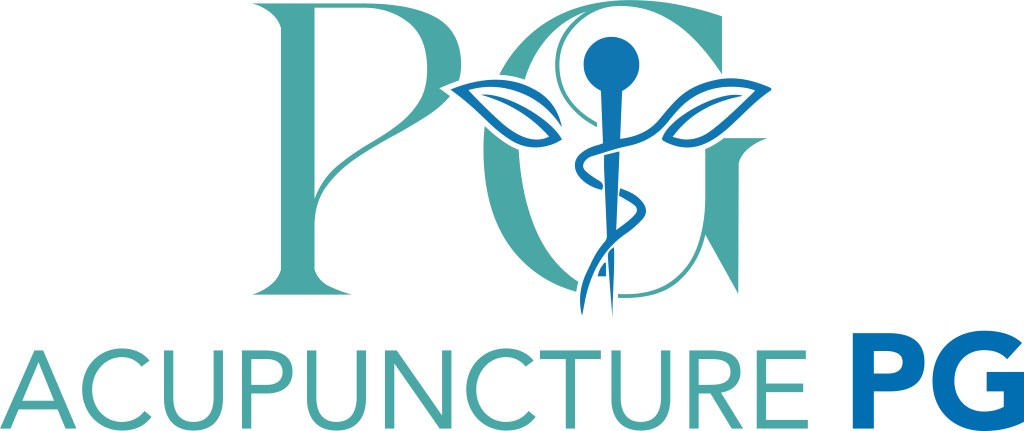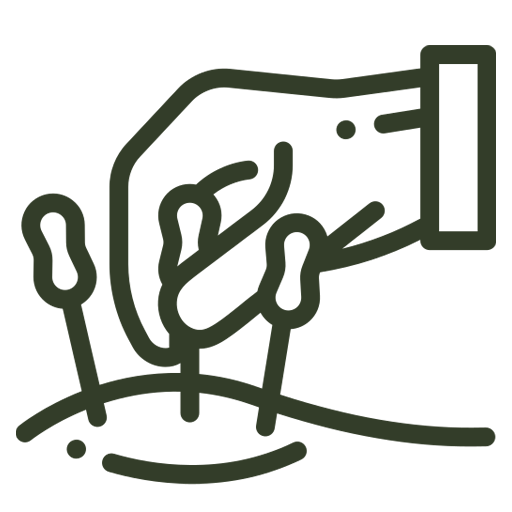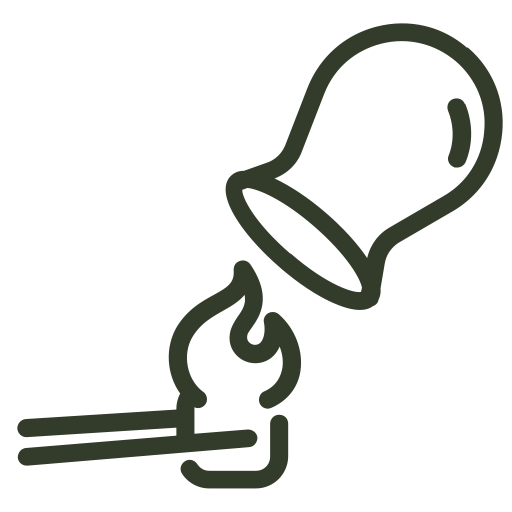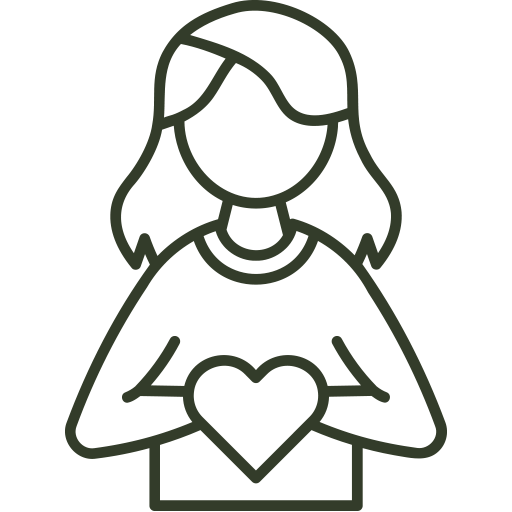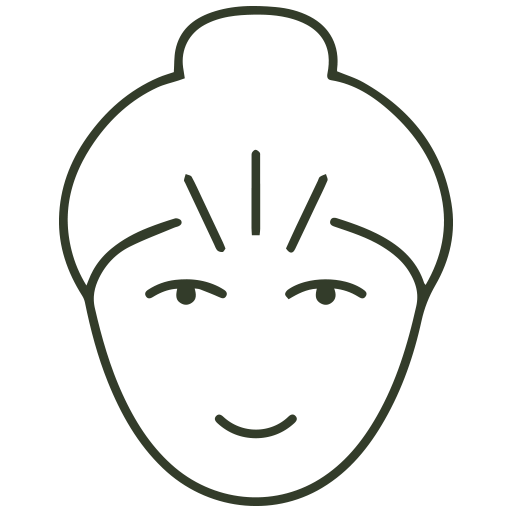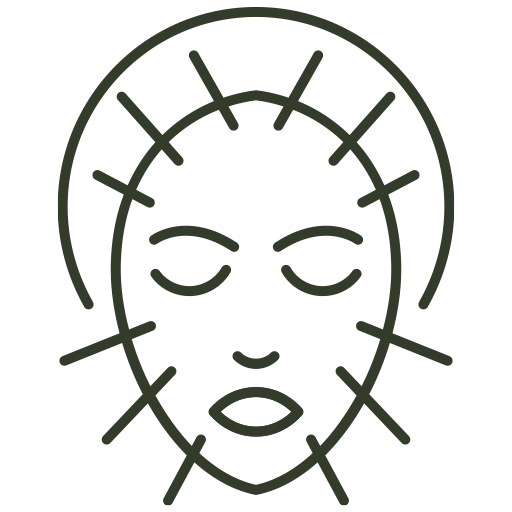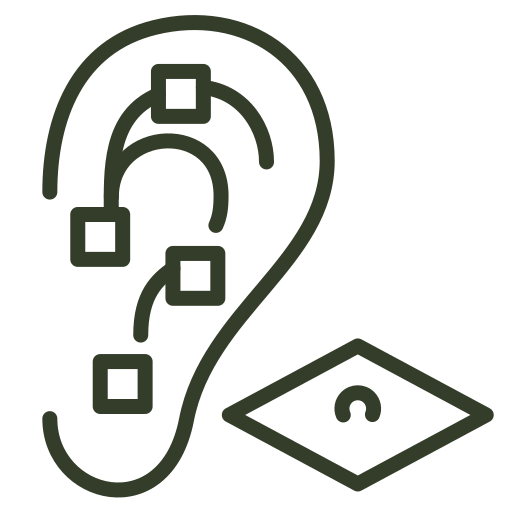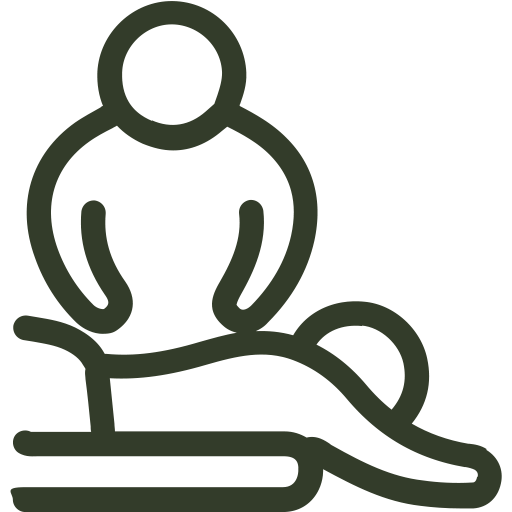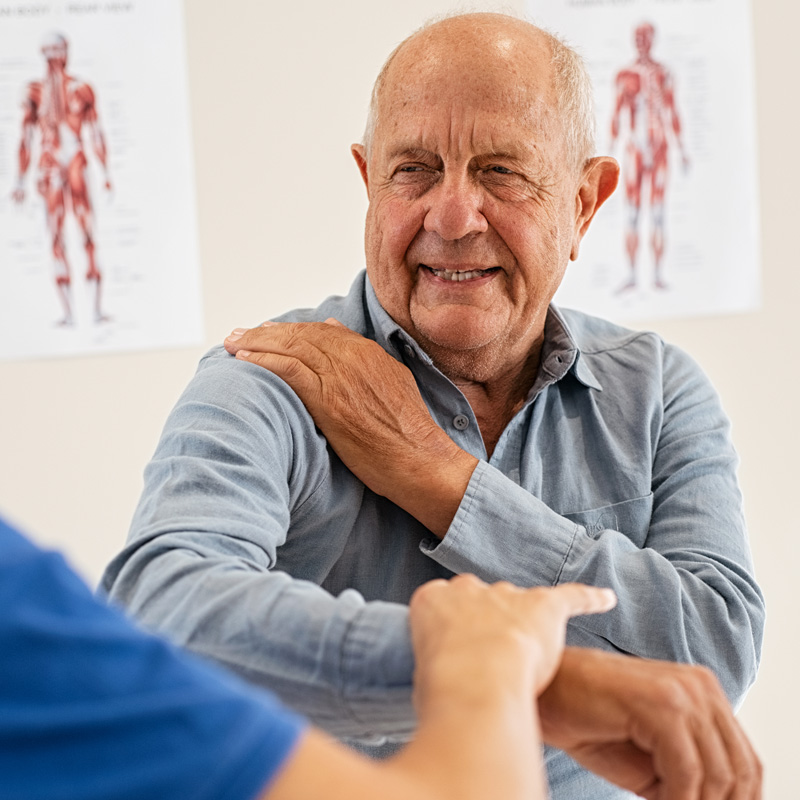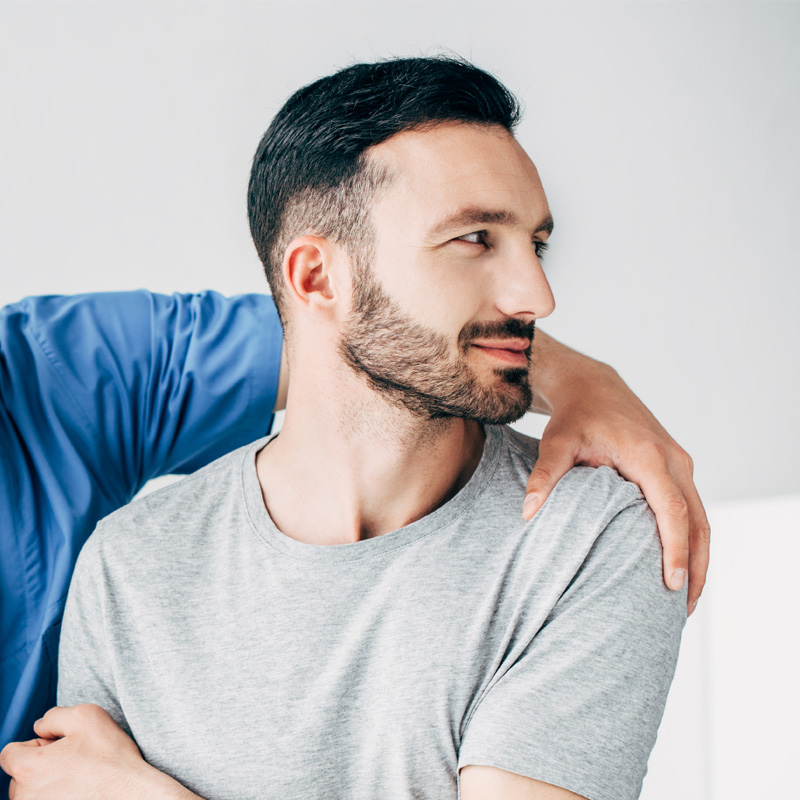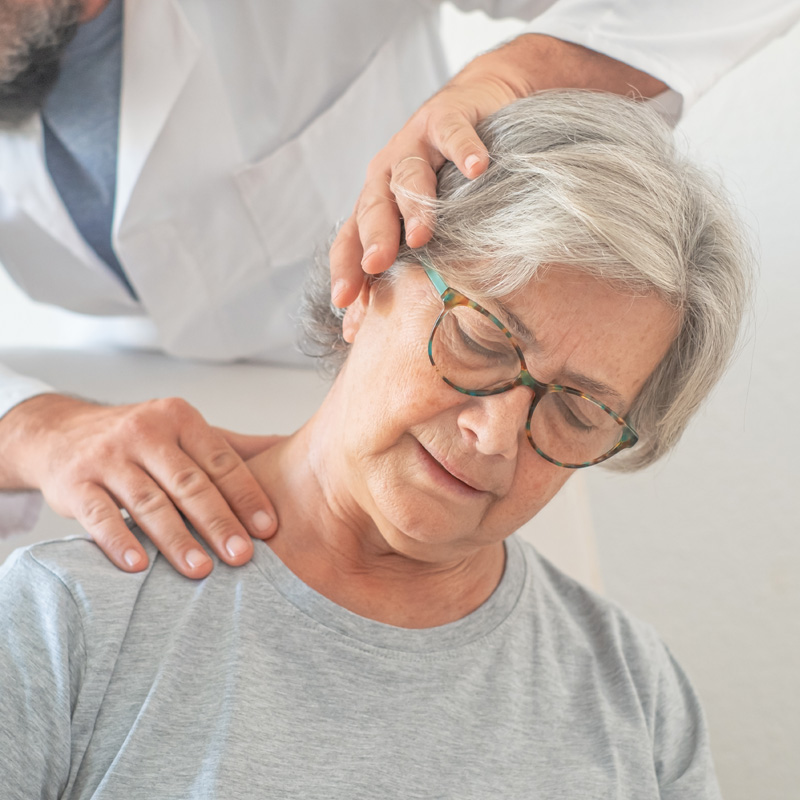Our
Services
Best Services
Dr Plamena Gradinarova
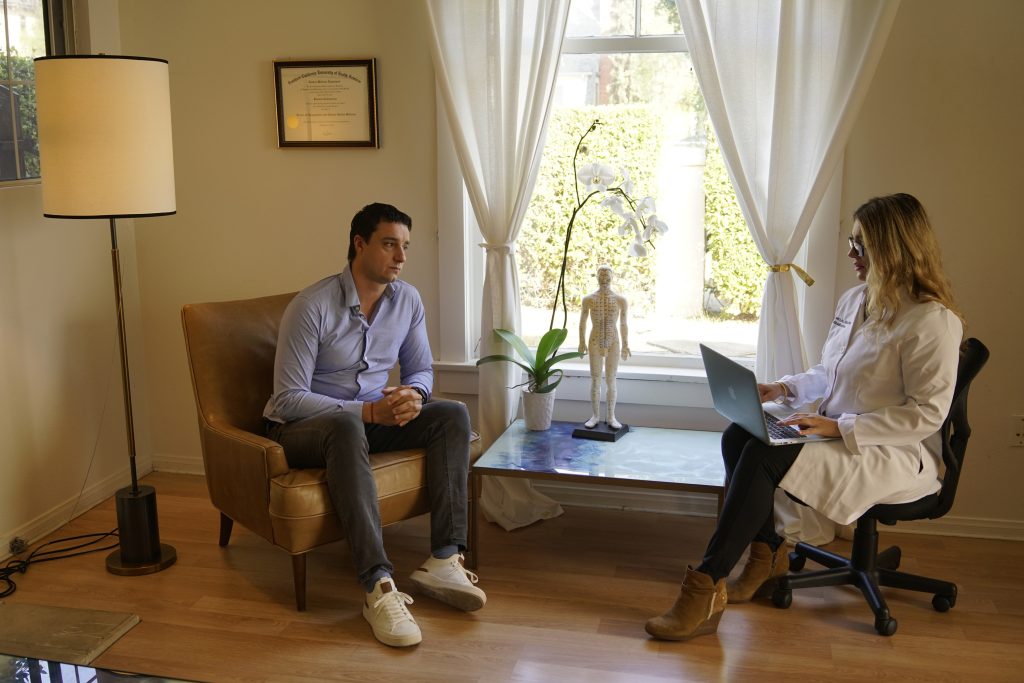
1. Consultation
When seeking a consultation for acupuncture, the process typically includes the following steps:
Patient Intake
Discussion of Health Concerns: The practitioner will ask about your primary health issues, medical history, and any symptoms you are experiencing.
Lifestyle Assessment: They may ask about your diet, sleep, stress levels, and emotional health to get a holistic understanding of your condition.
Tongue and Pulse Diagnosis: Unique to Traditional Chinese Medicine (TCM), the practitioner observes your tongue and feels your pulse to identify imbalances in your body’s energy (Qi).

Patient Intake
Discussion of Health Concerns
Lifestyle Assessment
Tongue and Pulse Diagnosis
Treatment Plan
Customized Approach: Based on the findings, the practitioner creates a personalized treatment plan tailored to your specific needs.
Explanation of Techniques: The practitioner explains the methods they’ll use, which may include acupuncture, herbal medicine, or adjunct therapies like cupping, gua sha, or moxibustion.
Number of Sessions: They’ll estimate how many sessions may be needed to see results.
FAQ:
Preparation: You’ll be asked to relax on a treatment table.
Needle Insertion: Thin, sterile needles are gently inserted at specific acupuncture points. These points correspond to meridians or energy pathways in your body.
Relaxation Period: You’ll rest with the needles in place for 20-40 minutes, depending on your treatment plan.
FAQ Post-Treatment Review
Immediate Effects: The practitioner may ask how you feel after the session and suggest lifestyle or dietary adjustments to complement the treatment.
Follow-Up Appointments: They may recommend scheduling follow-ups to track progress and make adjustments to the plan.
Acupuncture can address various conditions, such as:
Orthopedic & Pain Management: Chronic pain, arthritis, back pain, or sports injuries.
Digestive Issues: IBS, bloating, or acid reflux.
Hormonal Imbalances: Menstrual issues, fertility, or menopause symptoms.
Psychological Health: Stress, anxiety, or depression.
Longevity & Aesthetics: Facial rejuvenation and overall wellness.
Treatment Plan
Customized Approach
Explanation of Techniques
Number of Sessions
FAQ'S
You’ll be asked to relax on a treatment table.
Thin, sterile needles are gently inserted at specific acupuncture points. These points correspond to meridians or energy pathways in your body.
You’ll rest with the needles in place for 20-40 minutes, depending on your treatment plan.
FAQ Post-Treatment Review
Acupuncture can address various conditions, such as:
The practitioner may ask how you feel after the session and suggest lifestyle or dietary adjustments to complement the treatment.
They may recommend scheduling follow-ups to track progress and make adjustments to the plan.
Chronic pain, arthritis, back pain, or sports injuries
IBS, bloating, or acid reflux.
Menstrual issues, fertility, or menopause symptoms.
Stress, anxiety, or depression.
Facial rejuvenation and overall wellness.
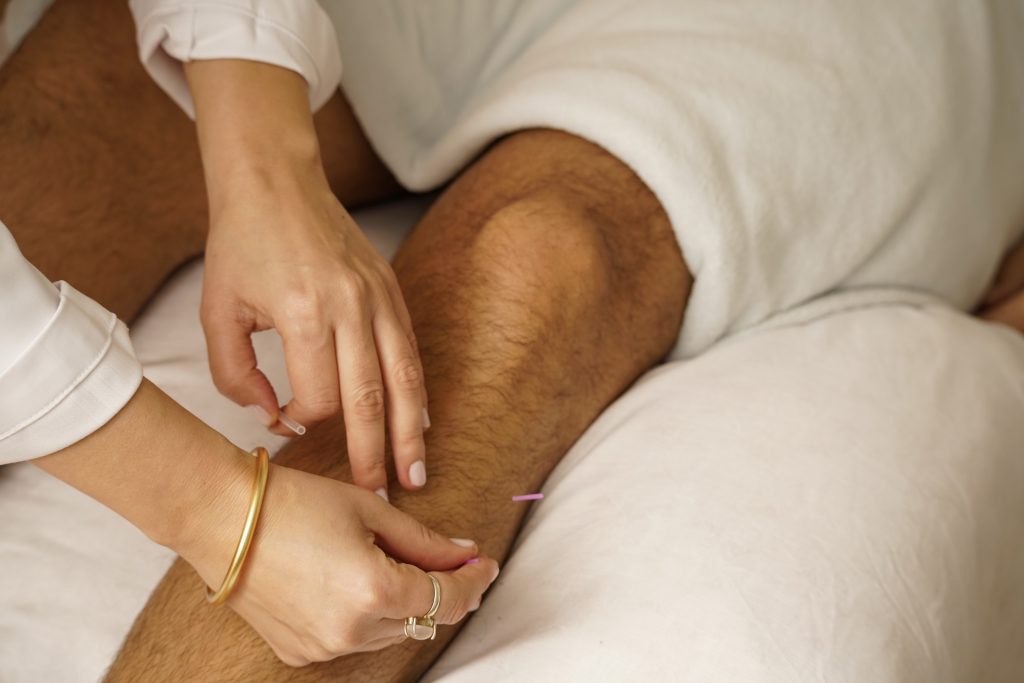
2. Acupuncture
Acupuncture is a form of traditional medicine that originated in China over 2,000 years ago. It involves the insertion of thin, sterile needles into specific points on the body to stimulate natural healing processes and promote physical and emotional well-being.
-
Acupuncture (Initial) 75 min $170
-
Acupuncture (Follow up) 40 min $140
-
Acupuncture House Call (Initial) 80 min $350
-
Acupuncture House Call (Follow up) 60min $250

Key Principles of Acupuncture
Qi (Energy Flow)
Balance and Harmony
Holistic Approach
Key Principles of Acupuncture
Qi (Energy Flow): Acupuncture is based on the concept of Qi (pronounced “chee”), which is the vital energy that flows through the body along pathways called meridians.
Balance and Harmony: Illness or discomfort is thought to arise when Qi is blocked, stagnant, or imbalanced. Acupuncture aims to restore the proper flow of Qi to support overall health.
Holistic Approach: Acupuncture addresses the root cause of symptoms rather than just treating the symptoms themselves.
How It Works
Needle Stimulation: Thin needles are inserted into specific acupuncture points along the meridians to regulate energy flow.
Physiological Effects: Modern research shows that acupuncture can stimulate the nervous system, release endorphins (natural painkillers), reduce inflammation, and improve circulation.
Acupuncture is commonly used to address:
Pain Management: Chronic pain, migraines, arthritis, sciatica, and sports injuries.
Stress and Mental Health: Anxiety, depression, and insomnia.
Digestive Health: Irritable bowel syndrome (IBS), bloating, and nausea.
Hormonal Imbalances: Fertility issues, menstrual irregularities, and menopausal symptoms.
General Wellness: Boosting immunity, improving energy levels, and supporting relaxation.
What to Expect During Treatment
Consultation: The practitioner assesses your health concerns, lifestyle, and symptoms.
Needle Insertion: Tiny needles are inserted at specific points; the process is usually painless or causes mild sensations like tingling.
Relaxation Period: You rest with the needles in place for 20-40 minutes.
Aftercare: Some patients feel immediate relaxation or energy shifts, while others notice gradual improvements.
Acupuncture is commonly used to address
Pain Management
Stress and Mental Health
Digestive Health
Hormonal Imbalances
General Wellness
What to Expect During Treatment
Consultation
Needle Insertion
Relaxation Period
Aftercare
FAQ'S
Thin needles are inserted into specific acupuncture points along the meridians to regulate energy flow.
Modern research shows that acupuncture can stimulate the nervous system, release endorphins (natural painkillers), reduce inflammation, and improve circulation.
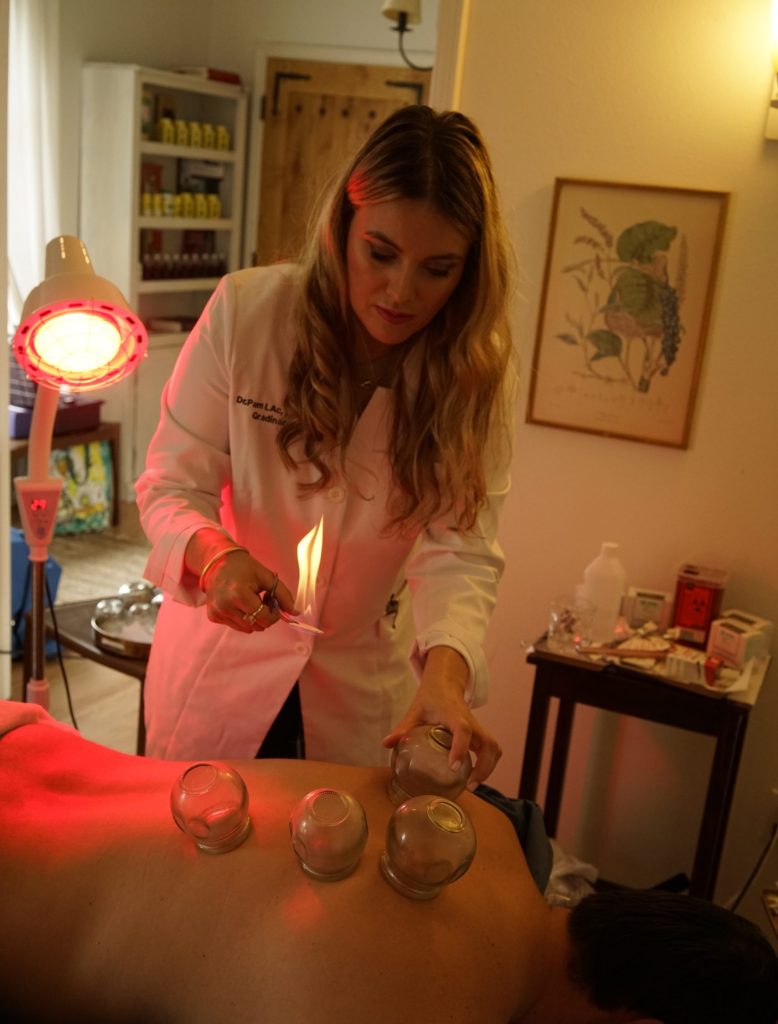
3. Fire Cupping
The practitioner lights a cotton ball soaked in alcohol and briefly places it inside a cup to create a vacuum by removing oxygen.
The cup is quickly placed on the skin, and the vacuum causes the skin to rise slightly as the cup suctions to the surface.
-
Fire cupping-25min $70
Application Areas:
- Commonly placed on the back, shoulders, or other large muscle groups.
- The cups are left in place for 5–15 minutes or moved along the skin in a gliding motion, known as “moving cupping” with the help of oil.

Application Areas:
Area
Duration
Benefits of Fire Cupping:
- Improves Circulation: Increases blood flow to the treated area, promoting healing and reducing muscle tension.
- Detoxification: Encourages the removal of toxins from tissues by stimulating the lymphatic system.
- Relieves Pain: Helps with chronic pain, stiffness, and inflammation by relaxing tight muscles.
- Reduces Stress: The treatment is deeply relaxing and can help alleviate emotional stress and fatigue.
- Supports Respiratory Health: Commonly used to treat colds, coughs, and congestion by opening up the chest and improving lung function.
FAQ:
1. What to Expect During Treatment?
Sensation: You may feel a pulling or suction sensation but no pain.
Marks on Skin: Red or purple circular marks may appear where the cups were placed; these are not bruises but signs of stagnation being released. They fade within a few days to a week.
2. Is it safe Fire cupping is generally safe when performed by a trained practitioner?
It is not recommended for individuals with certain conditions, such as skin disorders, clotting issues, or pregnancy (without professional approval).
Benefits of Fire Cupping:
Improves Circulation
Detoxification
Relieves Pain
Reduces Stress
Supports Respiratory Health
FAQ'S
Sensation: You may feel a pulling or suction sensation but no pain.
Marks on Skin: Red or purple circular marks may appear where the cups were placed; these are not bruises but signs of stagnation being released. They fade within a few days to a week.
It is not recommended for individuals with certain conditions, such as skin disorders, clotting issues, or pregnancy (without professional approval).
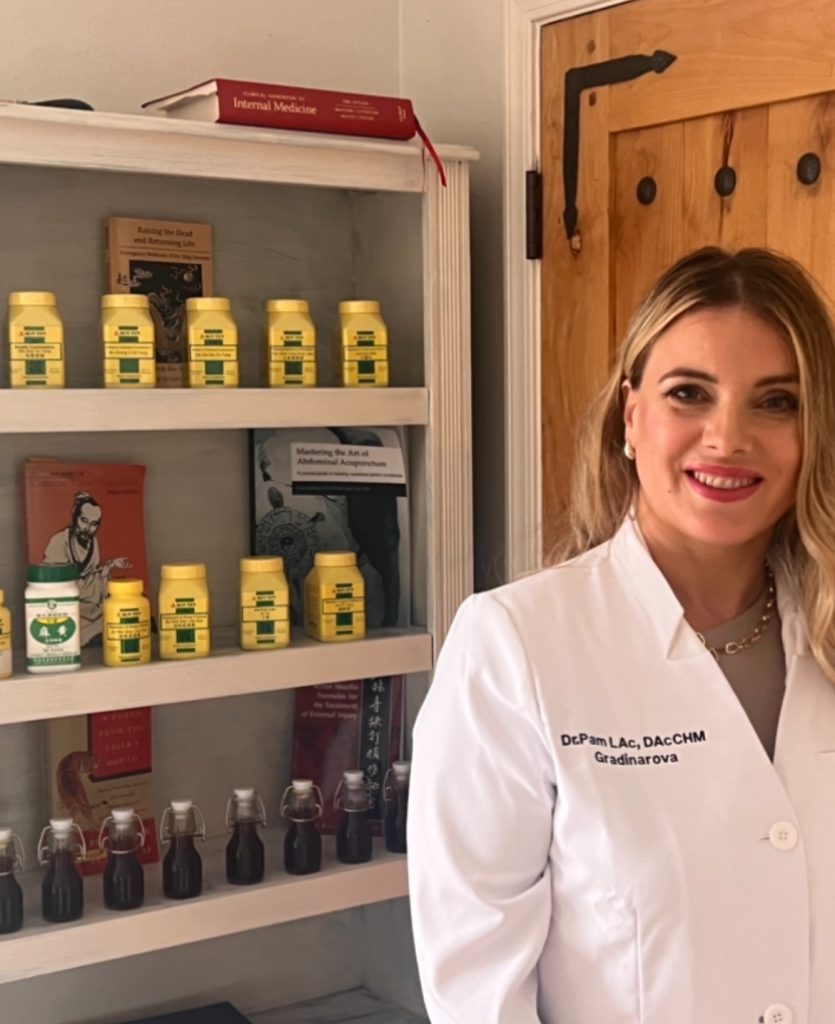
4. Chinese Herbal Therapy
Chinese herbal therapy is a core component of Traditional Chinese Medicine (TCM) that uses natural substances like plants, minerals, and sometimes animal products to restore balance and treat various health conditions. This practice has been refined over thousands of years and is often used alongside acupuncture, dietary therapy, and other TCM techniques
-
Herbal consultation(initial)-40mjn $75
-
Herbal consultation(follow up)-30 min $35

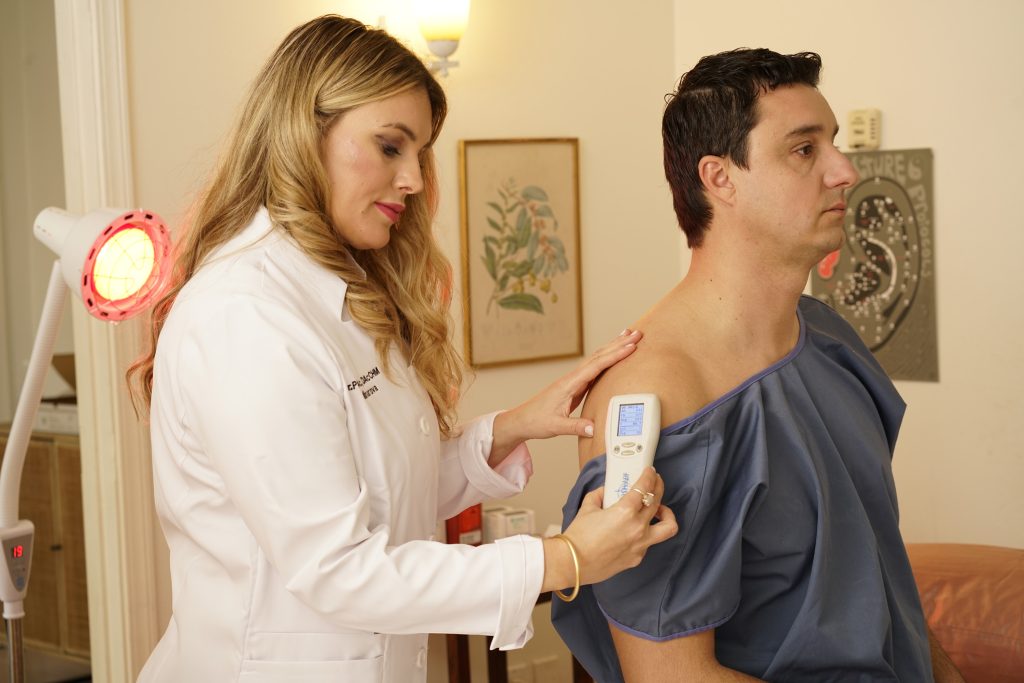
5. Scenar Therapy
SCENAR (Self-Controlled Energy Neuro-Adaptive Regulator) therapy (FDA approved in Scenar Therapy) is a non-invasive medical treatment that uses electro-stimulation to help the body heal itself from pain and physical dysfunction. It’s a small handheld device that emits electromagnetic pulses that travel to the brain and stimulate the release of endorphins and neuropeptides, which can reduce pain and encourage healing.
-
Scenar(self control energy neuro modulation) -45min $100

FAQ:
Here are some things to know about SCENAR therapy:
- How it works
SCENAR therapy works by stimulating the body’s natural healing process. The device sends electrical impulses through the skin, which activates nerve fibers that transmit information to the brain about pain and tissue damage. The brain then produces chemicals to help the body focus on healing the painful area. - Benefits
SCENAR therapy can help with a range of conditions, including acute and chronic pain, and can provide lasting relief. It can also help improve blood circulation, normalize metabolism, and decrease edema. - Treatment sessions
A full course of SCENAR treatment can last up to 12 sessions or more, depending on the condition. You should see a measurable improvement after about 3 sessions. - Safety
SCENAR therapy has few contraindications and virtually no negative side effects. However, it’s important to see a qualified therapist who can perform a diagnostic assessment to determine if it’s the right treatment for you.
FAQ'S
SCENAR therapy works by stimulating the body's natural healing process. The device sends electrical impulses through the skin, which activates nerve fibers that transmit information to the brain about pain and tissue damage. The brain then produces chemicals to help the body focus on healing the painful area.
SCENAR therapy can help with a range of conditions, including acute and chronic pain, and can provide lasting relief. It can also help improve blood circulation, normalize metabolism, and decrease edema
A full course of SCENAR treatment can last up to 12 sessions or more, depending on the condition. You should see a measurable improvement after about 3 sessions.
SCENAR therapy has few contraindications and virtually no negative side effects. However, it's important to see a qualified therapist who can perform a diagnostic assessment to determine if it's the right treatment for you.
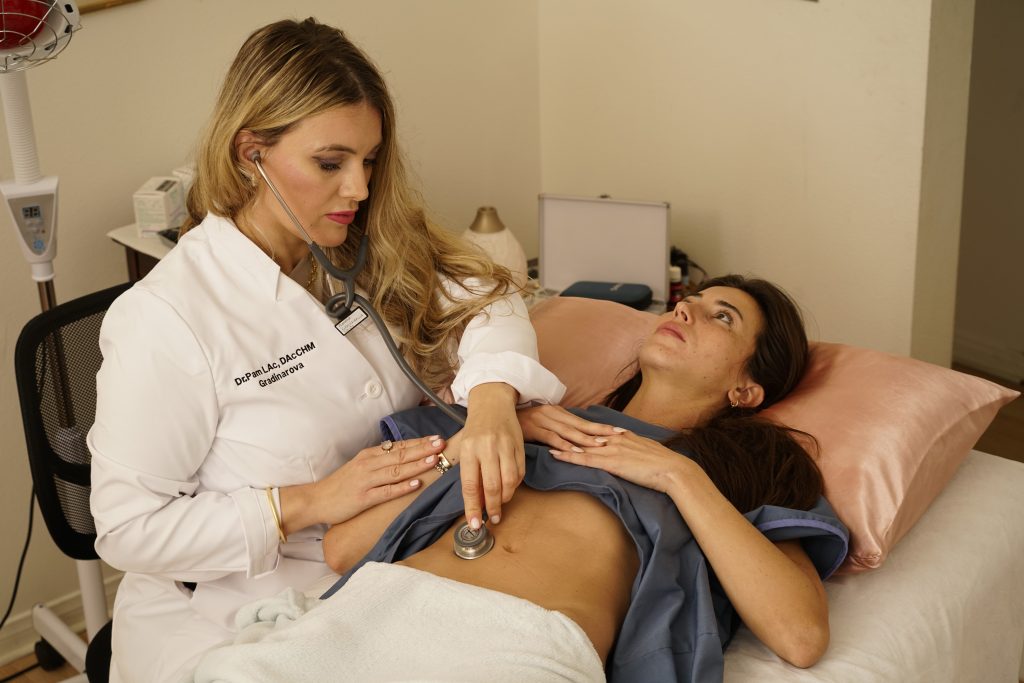
6. Acupuncture and woman’s health
Acupuncture has a significant role in supporting women’s health by addressing various conditions through its holistic approach. It works by balancing the body’s energy (Qi), regulating hormones, improving circulation, and alleviating stress. Below are key areas where acupuncture can be particularly beneficial:

FAQ:
- Menstrual Health
Regulating Cycles: Helps normalize irregular periods by addressing hormonal imbalances.
Alleviating PMS: Reduces symptoms like bloating, mood swings, headaches, and breast tenderness.
Pain Relief: Effectively treats menstrual cramps (dysmenorrhea) by increasing blood flow and relaxing pelvic muscles.
- Fertility and Reproductive Health
Enhancing Fertility: Improves ovarian function, regulates menstrual cycles, and supports uterine lining health.
IVF Support: Acupuncture before and after embryo transfer may improve implantation rates.
Polycystic Ovary Syndrome (PCOS): Balances hormones, improves ovulation, and reduces symptoms like weight gain or acne.
Endometriosis: Eases pelvic pain and manages inflammation.
- Pregnancy Support
Morning Sickness: Relieves nausea and vomiting.
Back Pain and Sciatica: Addresses discomfort caused by postural changes and ligament loosening.
Breech Presentation: Moxibustion and specific acupuncture points can assist in turning a breech baby.
Labor Preparation: Promotes cervical ripening and reduces labor duration.
- Postpartum Recovery
Hormonal Balancing: Supports emotional well-being and combats postpartum depression.
Lactation Support: Stimulates milk production by improving energy flow to the chest area.
Physical Recovery: Reduces fatigue and aids in healing post-delivery.
- Menopausal Symptoms
Hot Flashes and Night Sweats: Regulates temperature control and calms the nervous system.
Mood Swings: Helps alleviate anxiety, irritability, and insomnia.
Bone Health: Improves circulation and nutrient absorption, potentially supporting bone density.
- General Wellness and Stress Reduction
Acupuncture promotes relaxation, which is crucial for managing stress and anxiety—a common trigger for many women’s health issues.
By integrating acupuncture into women’s healthcare, it becomes possible to address both the physical and emotional dimensions of well-being, offering a natural, non-invasive solution for many common concerns. Let me know if you want more specific techniques or research-based insights in any of these areas!
FAQ'S
Regulating Cycles: Helps normalize irregular periods by addressing hormonal imbalances.
Alleviating PMS: Reduces symptoms like bloating, mood swings, headaches, and breast tenderness.
Pain Relief: Effectively treats menstrual cramps (dysmenorrhea) by increasing blood flow and relaxing pelvic muscles.
Enhancing Fertility: Improves ovarian function, regulates menstrual cycles, and supports uterine lining health.
IVF Support: Acupuncture before and after embryo transfer may improve implantation rates.
Polycystic Ovary Syndrome (PCOS): Balances hormones, improves ovulation, and reduces symptoms like weight gain or acne.
Endometriosis: Eases pelvic pain and manages inflammation.
Morning Sickness: Relieves nausea and vomiting.
Back Pain and Sciatica: Addresses discomfort caused by postural changes and ligament loosening.
Breech Presentation: Moxibustion and specific acupuncture points can assist in turning a breech baby.
Labor Preparation: Promotes cervical ripening and reduces labor duration.
Hormonal Balancing: Supports emotional well-being and combats postpartum depression.
Lactation Support: Stimulates milk production by improving energy flow to the chest area.
Physical Recovery: Reduces fatigue and aids in healing post-delivery.
Hot Flashes and Night Sweats: Regulates temperature control and calms the nervous system.
Mood Swings: Helps alleviate anxiety, irritability, and insomnia.
Bone Health: Improves circulation and nutrient absorption, potentially supporting bone density.
Acupuncture promotes relaxation, which is crucial for managing stress and anxiety—a common trigger for many women’s health issues.
By integrating acupuncture into women's healthcare, it becomes possible to address both the physical and emotional dimensions of well-being, offering a natural, non-invasive solution for many common concerns. Let me know if you want more specific techniques or research-based insights in any of these areas!
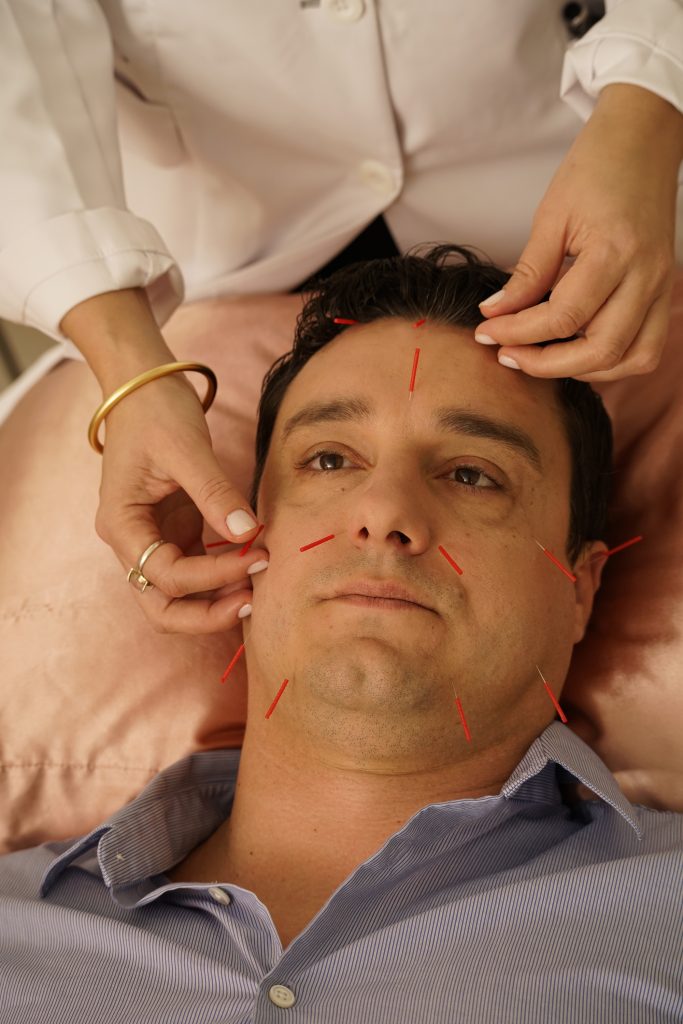
7. Facial acupuncture
Facial cosmetic acupuncture, also known as facial rejuvenation acupuncture, is a natural, holistic approach to improving the skin’s appearance and promoting anti-aging benefits. It combines traditional acupuncture techniques with a focus on enhancing the skin, reducing signs of aging, and boosting overall well-being.
-
Facial acupuncture-80 min - including facial guasha , mask and led therapy) $170

Key Benefits of Facial Cosmetic Acupuncture
- Improves Skin Elasticity and Tone
- Stimulates collagen and elastin production, which tightens the skin and reduces sagging.
Improves skin hydration by increasing circulation
- Reduces Fine Lines and Wrinkles
- Softens the appearance of crow’s feet, forehead lines, and smile lines by promoting natural repair mechanisms.
- Enhances Glow and Complexion
- Boosts blood flow to the face, providing nutrients and oxygen to the skin for a radiant, youthful look.
- Diminishes Dark Circles and Puffiness
- Reduces inflammation and improves lymphatic drainage, helping to clear toxins and minimize under-eye bags.
- Addresses Skin Conditions
- Helps with acne, rosacea, and dull skin by regulating internal imbalances and calming inflammation.
- Promotes Relaxation and Stress Relief
- By targeting specific acupuncture points, it helps alleviate stress, a major contributor to premature aging.
- Balances Hormones
- Addresses underlying hormonal imbalances that can contribute to skin issues like acne or dryness.
FAQ:
1. What Happens During a Treatment?
Consultation and Diagnosis
The practitioner evaluates your overall health, skin concerns, and lifestyle factors.
Body Acupuncture
Points are chosen on the body to address internal imbalances and promote overall well-being.
Facial Acupuncture
Very fine needles are inserted into specific points on the face to stimulate collagen production and improve circulation.
Additional Techniques
Gua Sha or Facial Massage: Helps with lymphatic drainage and muscle tone.
Microneedling (optional): Enhances collagen production for deeper results.
Herbal Masks or Serums: Often applied post-treatment for added nourishment.
2. How Many Sessions Are Needed?
Immediate Effects: A glowing complexion may be noticeable after one session.
Cumulative Benefits: For anti-aging, 6–12 sessions over several weeks are often recommended, followed by maintenance treatments every 4–8 weeks.
3. Why Choose Facial Cosmetic Acupuncture?
Non-Invasive: No downtime, unlike Botox or fillers.
Natural Results: Enhances your natural beauty without altering facial expressions.
Holistic Benefits: Improves overall health, including stress reduction and energy balance.
Facial cosmetic acupuncture is ideal for individuals seeking a natural, sustainable approach to skincare. It works best when combined with a healthy lifestyle, including good nutrition, hydration, and skincare practices. Would you like more details about techniques or combination treatments like microneedling?
Key Benefits of Facial Cosmetic Acupuncture
Skin Elasticity
Skin Tighting
Improves skin hydration by increasing circulation
Reduces Fine Lines and Wrinkles
Enhances Glow and Complexion
Diminishes Dark Circles and Puffiness
Addresses Skin Conditions
Promotes Relaxation and Stress Relief
Balances Hormones
FAQ'S
1. What Happens During a Treatment?
The practitioner evaluates your overall health, skin concerns, and lifestyle factors.
Points are chosen on the body to address internal imbalances and promote overall well-being.
Very fine needles are inserted into specific points on the face to stimulate collagen production and improve circulation.
Helps with lymphatic drainage and muscle tone.
Enhances collagen production for deeper results.
Often applied post-treatment for added nourishment.
2. How Many Sessions Are Needed?
A glowing complexion may be noticeable after one session.
For anti-aging, 6–12 sessions over several weeks are often recommended, followed by maintenance treatments every 4–8 weeks.
3. Why Choose Facial Cosmetic Acupuncture?
No downtime, unlike Botox or fillers.
Enhances your natural beauty without altering facial expressions.
Improves overall health, including stress reduction and energy balance.
is ideal for individuals seeking a natural, sustainable approach to skincare. It works best when combined with a healthy lifestyle, including good nutrition, hydration, and skincare practices. Would you like more details about techniques or combination treatments like microneedling?
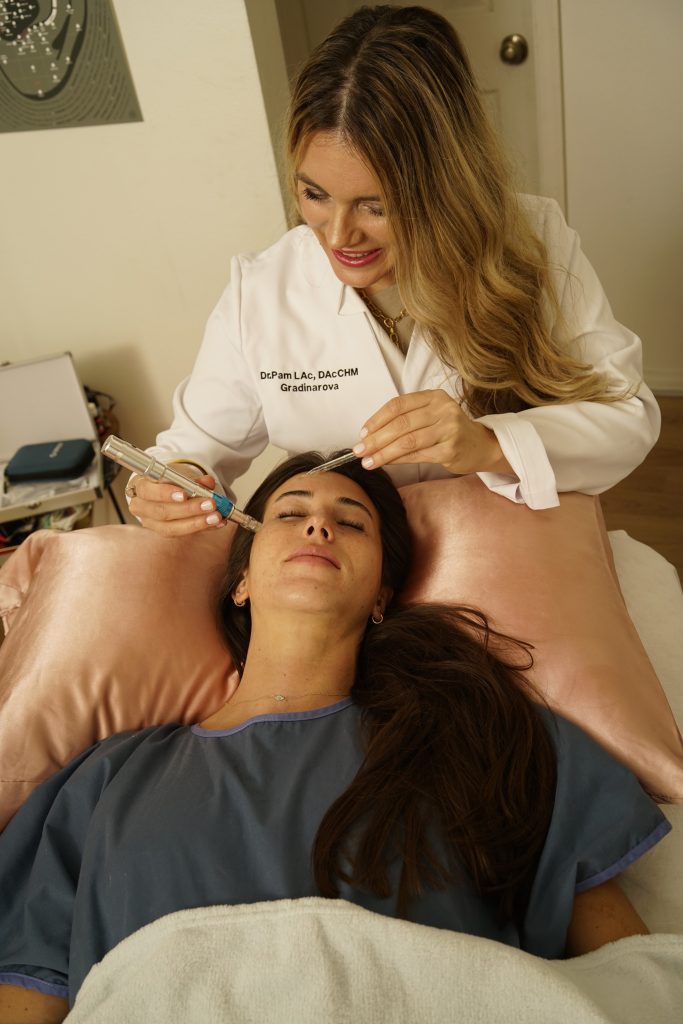
8. Microneedling
Microneedling, also known as collagen induction therapy, is a minimally invasive cosmetic procedure designed to improve the skin’s texture, tone, and overall health. It involves the use of a device with fine needles to create tiny punctures in the skin, stimulating the body’s natural wound-healing process. This, in turn, boosts collagen and elastin production, making it an effective treatment for various skin concerns.
-
Facial Microneedling (initial) 80min $300
-
Facial Microneedling (follow up) 60 min $260

Benefits of Microneedling
- Improves Skin Texture and Tone
- Smooths rough patches, minimizes pores, and enhances overall complexion.
- Reduces Fine Lines and Wrinkles
- Stimulates collagen production to soften signs of aging.
Minimizes Scars
- Effective for acne scars, surgical scars, and stretch marks by breaking down scar tissue.
- Enhances Absorption of Skincare Products
- Increases the skin’s permeability, allowing serums and active ingredients to penetrate deeper.
- Addresses Hyperpigmentation and Sun Damage
- Fades dark spots and evens out skin tone.
- Improves Skin Firmness
- Tightens loose or sagging skin for a more youthful appearance.
FAQ:
Consultation
The practitioner assesses your skin concerns and sets goals for treatment.
Preparation
The skin is thoroughly cleansed, and a topical numbing cream is applied to minimize discomfort.
Microneedling Treatment
A device, often a pen or roller, creates controlled micro-injuries across the treatment area.
Specific depths are adjusted based on the skin concern (e.g., deeper penetration for scars).
Post-Treatment Care
A soothing serum or mask is applied to hydrate and calm the skin.
Sunscreen is essential to protect the skin while it heals.
Expected Results
Immediate: Skin may appear red, similar to a mild sunburn, but a natural glow is often visible after a few days.
Long-Term: Collagen remodeling continues for weeks, with noticeable improvements in 4–6 weeks.
Cumulative Benefits: Multiple sessions (3–6 treatments spaced 4–6 weeks apart) provide optimal results.
Microneedling with Acupuncture
When combined with acupuncture, microneedling can offer enhanced holistic benefits. While microneedling addresses surface-level skin concerns, acupuncture balances internal factors like stress, hormonal imbalances, and blood circulation, which also affect skin health.
Side Effects and Precautions
Common Side Effects: Redness, mild swelling, and dryness that typically subside within a few days.
Precautions:
1. Avoid if you have active acne, skin infections, or are pregnant.
2. Use gentle, non-irritating skincare products during recovery.
3. Avoid sun exposure, heavy makeup, and exfoliating treatments for 48–72 hours post-treatment.
4. Microneedling is an excellent choice for anyone looking to rejuvenate their skin
Benefits of Microneedling
Skin Texture and Rough Patches
Fine Lines, Wrinkles and Soften Signs
Minimizes Scars and Surgical Scars
Skincare Products and Skin’s Permeability
Hyperpigmentation and Dark Spots
Skin Firmness and
Side Effects and Precautions
Common Side Effects
Precautions
Use gentle, non-irritating skincare products during recovery.
Avoid sun exposure, heavy makeup, and exfoliating treatments for 48–72 hours post-treatment.
Post-Treatment Care
A soothing serum or mask is applied to hydrate and calm the skin. Sunscreen is essential to protect the skin while it heals.
Skin may appear red, similar to a mild sunburn, but a natural glow is often visible after a few days.
Collagen remodeling continues for weeks, with noticeable improvements in 4–6 weeks.
Multiple sessions (3–6 treatments spaced 4–6 weeks apart) provide optimal results.
When combined with acupuncture, microneedling can offer enhanced holistic benefits. While microneedling addresses surface-level skin concerns, acupuncture balances internal factors like stress, hormonal imbalances, and blood circulation, which also affect skin health.
FAQ'S
The skin is thoroughly cleansed, and a topical numbing cream is applied to minimize discomfort.
A device, often a pen or roller, creates controlled micro-injuries across the treatment area.
Specific depths are adjusted based on the skin concern (e.g., deeper penetration for scars).
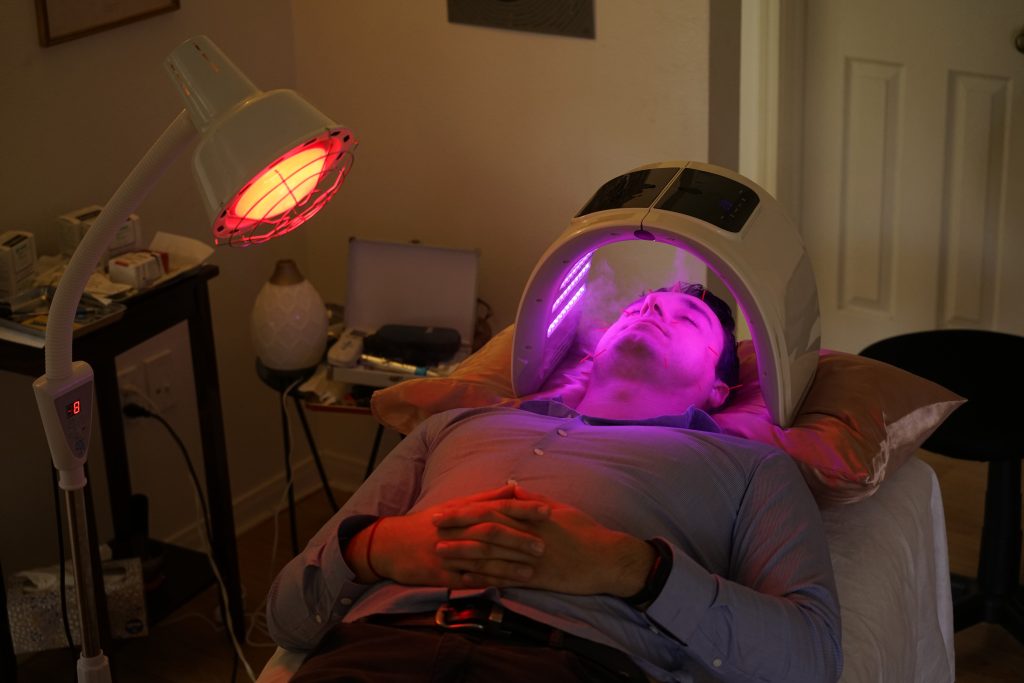
9. Light Therapy
Red Light Therapy (RLT)
Wavelength: 620–750 nm
Blue Light Therapy
Wavelength: 400–490 nm
-
LED therapy plus infrared therapy 30 min $40

Benefits of Red light Therapy :
- Stimulates collagen production, improving skin elasticity and reducing wrinkles.
- Speeds up wound healing and reduces inflammation.
- Improves blood circulation, giving the skin a healthy glow.
- Relieves joint and muscle pain.
Benefits of Blue Light Therapy:
- Targets and kills acne-causing bacteria (P. acnes).
- Reduces active acne and prevents future breakouts.
- Helps treat sun damage and pigmentation.
Benefits of Red Light
Speeds up wound healing and reduces inflammation.
Improves blood circulation, giving the skin a healthy glow.
Relieves joint and muscle pain.
Benefits of Blue Light
Reduces active acne and prevents future breakouts.
Helps treat sun damage and pigmentation.
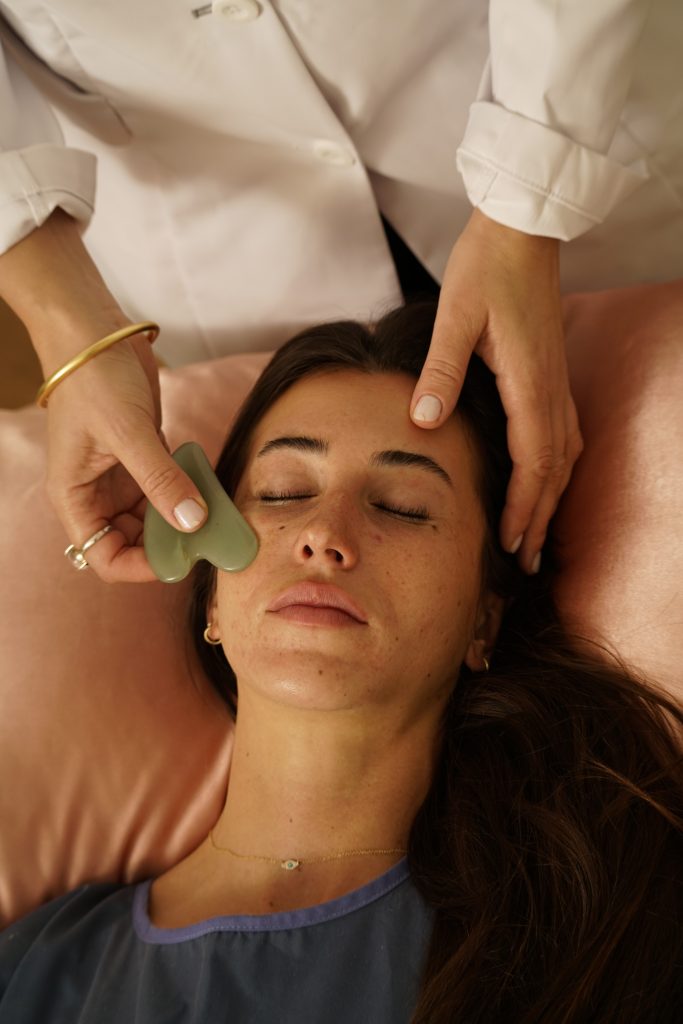
10. Guasha
Gua Sha is a traditional Chinese medicine (TCM) technique involving scraping or rubbing of the skin with a smooth-edged tool, usually made from jade, quartz, or other materials. The goal of Gua Sha is to stimulate circulation, promote healing, and release tension in the body. It is widely used in both medical and cosmetic applications.

Types of Gua Sha
1. Body Gua Sha
Purpose: Primarily used to relieve muscle tension, pain, and inflammation. It can also help with conditions like colds, flu, and digestive issues.
Technique: The practitioner scrapes the skin along muscles, typically on the back, neck, shoulders, arms, or legs, using firm but gentle pressure.
Benefits:
- Reduces muscle pain and stiffness.
- Improves circulation and boosts lymphatic drainage.
- Enhances immune function and helps detoxify the body.
- Promotes relaxation by reducing stress and tension.
2. Facial Gua Sha
Purpose: Used in cosmetic treatments to improve the skin’s appearance, enhance circulation, and promote a youthful look.
Technique: A tool is gently scraped across the face with light pressure in specific directions to target muscles and skin.
Benefits:
- Improves blood flow, which boosts skin radiance and minimizes puffiness.
- Reduces the appearance of fine lines and wrinkles.
- Promotes lymphatic drainage, reducing facial swelling and toxins.
- Helps lift and tone the face, supporting natural collagen production.
FAQ:
1. What are Benefits of Gua Sha in Different Areas?
Body Gua Sha
- Relieves pain, particularly in the neck, shoulders, back, and joints.
- Improves flexibility and range of motion.
- Reduces symptoms of colds and flu by boosting the immune system.
- Eases symptoms of chronic conditions like fibromyalgia or arthritis.
Facial Gua Sha
- Firms and lifts the face, giving it a more sculpted appearance.
- Improves complexion by stimulating the production of collagen and elastin.
- Reduces under-eye puffiness and dark circles.
- Soothes and calms the skin, especially for conditions like rosacea or acne.
Gua Sha Procedure
Preparation
Skin is cleansed and often prepped with oil or serum to allow smooth gliding of the tool over the skin.
The practitioner applies gentle to medium pressure with the Gua Sha tool, depending on the area being treated.
Body Gua Sha
The tool is scraped across the body in long strokes following the muscle fibers. After a session, mild redness or “Sha” (blood stasis) may appear on the skin, which is temporary and typically fades within a few days.
Facial Gua Sha
The technique uses lighter pressure on the delicate skin of the face. Movement is typically directed from the center of the face toward the edges (outward and upward) to promote lifting.
Post-Treatment Care
Body Gua Sha: After a session, you may experience some soreness or bruising, similar to a deep tissue massage. Drinking plenty of water helps flush out toxins.
Facial Gua Sha: The face may be slightly flushed immediately after treatment, but this should fade within an hour. It’s essential to moisturize afterward to keep the skin hydrated.
Combining Gua Sha with Other Treatments
With Acupuncture: Combining facial Gua Sha with acupuncture enhances the flow of Qi and improves skin health by targeting both internal imbalances and surface-level concerns.
With Microneedling: Gua Sha can help promote lymphatic drainage and circulation post-microneedling, supporting the skin’s healing and reducing puffiness or swelling.
Precautions and Considerations
Not for Active Skin Conditions: Avoid Gua Sha on areas with broken skin, active acne, or open wounds.
Caution with Blood Disorders: People with conditions like hemophilia or on blood-thinning medications should consult a professional before undergoing body Gua Sha.
Types of Gua Sha
1. Body Gua Sha
Purpose
Technique
Benefits
Improves circulation and boosts lymphatic drainage.
Enhances immune function and helps detoxify the body.
Promotes relaxation by reducing stress and tension.
2. Facial Gua Sha
Purpose
Technique
Benefits
Reduces the appearance of fine lines and wrinkles.
Promotes lymphatic drainage, reducing facial swelling and toxins.
Helps lift and tone the face, supporting natural collagen production.
Gua Sha Procedure
Preparation
Body Gua Sha
Facial Gua Sha
Post-Treatment Care
Body Gua Sha
Facial Gua Sha
Combining Gua Sha with Other Treatments
With Acupuncture
With Microneedling
Precautions and Considerations
Not for Active Skin Conditions
Caution with Blood Disorders
FAQ'S
What are Benefits of Gua Sha in Different Areas?
Relieves pain, particularly in the neck, shoulders, back, and joints.
Improves flexibility and range of motion.
Reduces symptoms of colds and flu by boosting the immune system.
Eases symptoms of chronic conditions like fibromyalgia or arthritis.
Firms and lifts the face, giving it a more sculpted appearance.
Improves complexion by stimulating the production of collagen and elastin.
Reduces under-eye puffiness and dark circles.
Soothes and calms the skin, especially for conditions like rosacea or acne.
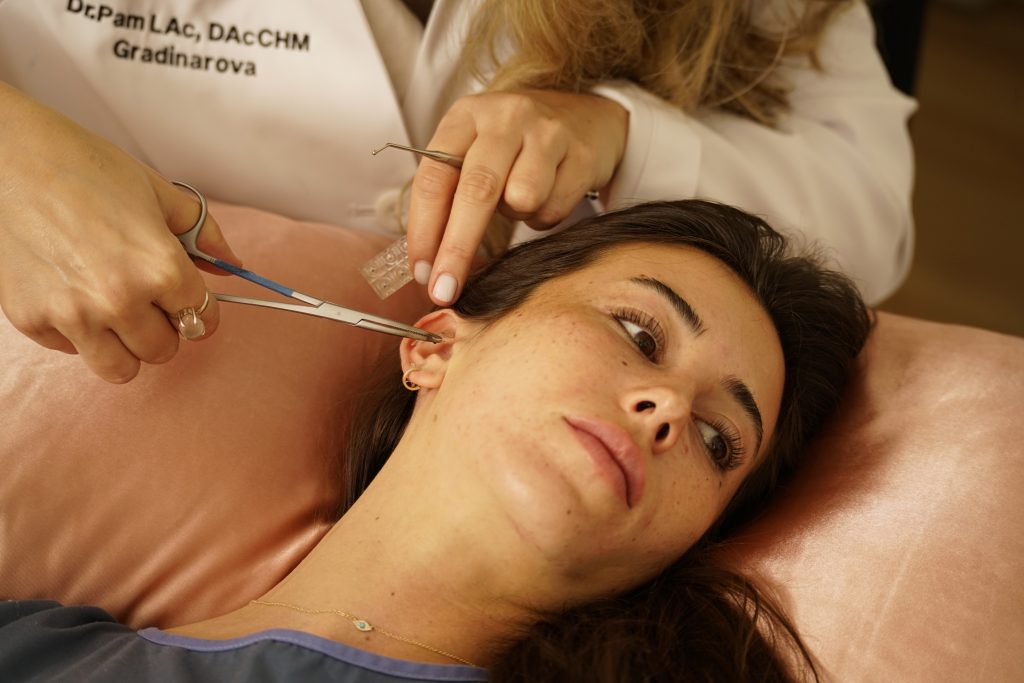
11. Ear seeds and auriculotherapy
Ear seeds are a form of auriculotherapy, a treatment rooted in Traditional Chinese Medicine (TCM), where small seeds or pellets are placed on specific points of the ear to stimulate energy flow and promote healing in the body. This practice is similar to acupuncture but uses non-invasive methods. The seeds are typically held in place with adhesive tape, allowing patients to benefit from the treatment over time, even after the session has ended.
-
Ear seeds(auriculotherapy)-20min $25
-
24k gold ear seeds-20min $35

How Ear Seeds Work
In auriculotherapy, the ear is considered a microsystem that mirrors the entire body. Specific points on the ear correspond to various organs, systems, and conditions. By stimulating these points, ear seeds aim to balance energy (Qi) and encourage healing throughout the body. The seeds help activate acupressure points without the use of needles, making it an ideal option for those who prefer non-invasive treatments.
FAQ:
-Pain Management
Can help alleviate chronic pain, migraines, headaches, back pain, and joint pain by stimulating corresponding acupressure points in the ear.
-Stress and Anxiety Reduction
Supports relaxation by stimulating points related to the nervous system, which can help manage stress, anxiety, and emotional imbalances.
-Improving Sleep
Ear seeds are often used to treat insomnia and poor sleep quality by stimulating points that promote relaxation and help regulate circadian rhythms.
-Digestive Health
Points on the ear related to digestion can help with issues like nausea, bloating, constipation, and irritable bowel syndrome (IBS).
-Hormonal Balance
Can help with symptoms related to hormonal imbalances, such as menstrual cramps, menopause symptoms, or mood swings.
-Addiction and Cravings
Ear seeds are used as part of addiction treatments to reduce cravings and withdrawal symptoms, particularly in smoking cessation and substance abuse recovery.
-Weight Loss
Certain points are believed to help curb appetite, boost metabolism, and regulate digestion, supporting weight management efforts.
How Ear Seeds Are Applied?
Selection of Points
A trained practitioner will evaluate your condition and select appropriate points on the ear to address your specific symptoms or health concerns.
Placement of Seeds
Small, sterile seeds (often made from Vaccaria plant seeds or metal pellets) are placed on the chosen ear points using adhesive tape. The tape holds the seeds in place, allowing for continuous stimulation.
Duration of Treatment
The ear seeds are typically left in place for a few days to a week. During this time, you may be instructed to gently massage or press the seeds for added effect.
Post-Treatment Care
After a few days, the ear seeds are removed. In some cases, the practitioner may recommend additional sessions to reinforce the benefits.
How Ear Seeds Work And Are Applied
In auriculotherapy, the ear is considered a microsystem that mirrors the entire body. Specific points on the ear correspond to various organs, systems, and conditions. By stimulating these points, ear seeds aim to balance energy (Qi) and encourage healing throughout the body. The seeds help activate acupressure points without the use of needles, making it an ideal option for those who prefer non-invasive treatments.
Selection of Points: A trained practitioner will evaluate your condition and select appropriate points on the ear to address your specific symptoms or health concerns.
Placement of Seeds: Small, sterile seeds (often made from Vaccaria plant seeds or metal pellets) are placed on the chosen ear points using adhesive tape. The tape holds the seeds in place, allowing for continuous stimulation.
Duration of Treatment: The ear seeds are typically left in place for a few days to a week. During this time, you may be instructed to gently massage or press the seeds for added effect.
Post-Treatment Care: After a few days, the ear seeds are removed. In some cases, the practitioner may recommend additional sessions to reinforce the benefits.
FAQ'S
Can help alleviate chronic pain, migraines, headaches, back pain, and joint pain by stimulating corresponding acupressure points in the ear.
Supports relaxation by stimulating points related to the nervous system, which can help manage stress, anxiety, and emotional imbalances.
Ear seeds are often used to treat insomnia and poor sleep quality by stimulating points that promote relaxation and help regulate circadian rhythms.
Points on the ear related to digestion can help with issues like nausea, bloating, constipation, and irritable bowel syndrome (IBS).
Can help with symptoms related to hormonal imbalances, such as menstrual cramps, menopause symptoms, or mood swings.
Ear seeds are used as part of addiction treatments to reduce cravings and withdrawal symptoms, particularly in smoking cessation and substance abuse recovery.
Certain points are believed to help curb appetite, boost metabolism, and regulate digestion, supporting weight management efforts.
Our Achievement
Explore our offerings
Specialties
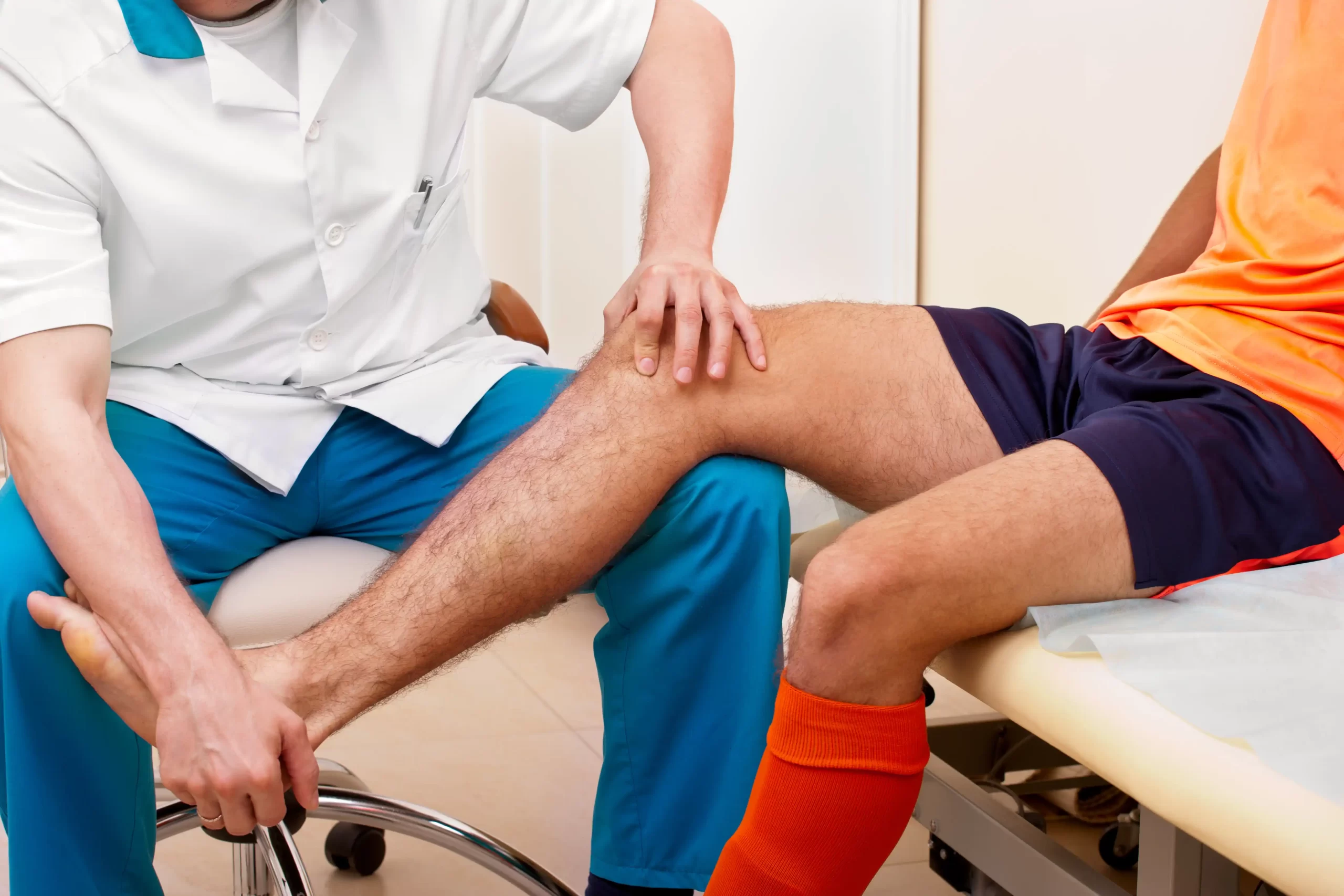
Sports Injuries
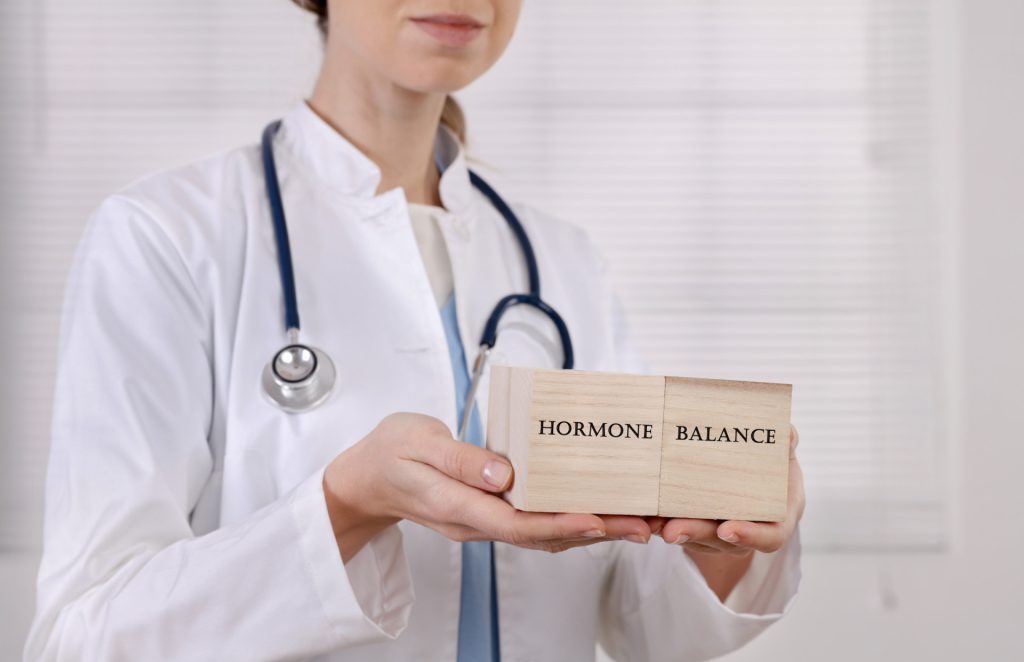
Women's Health & Hormone Balance

Internal Medicine & Digestive Health
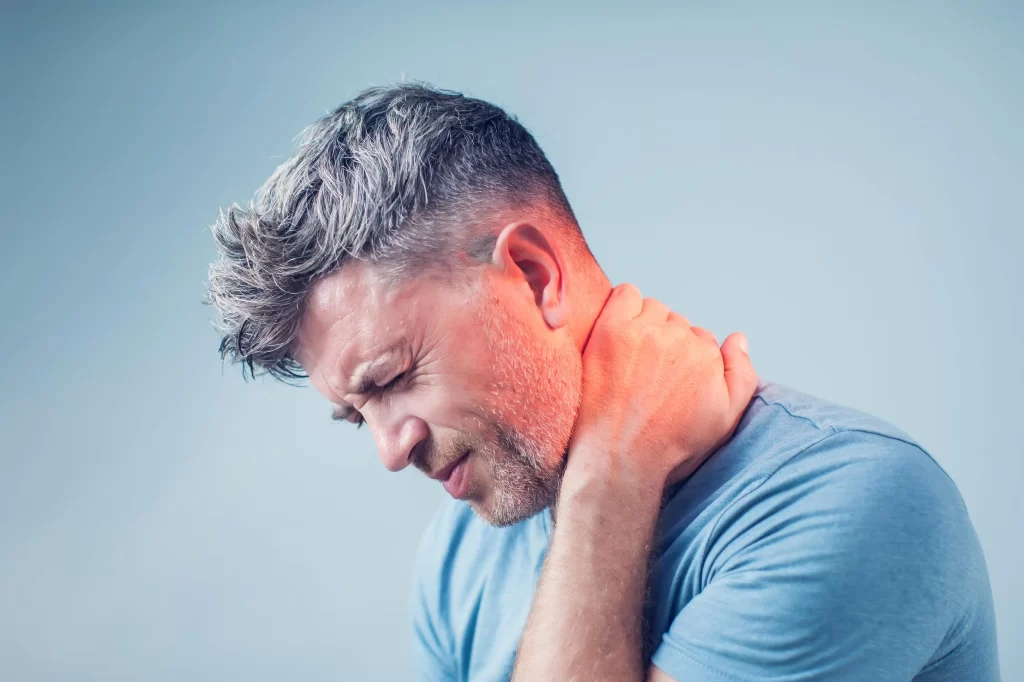
Pain Conditions & Stress Relief
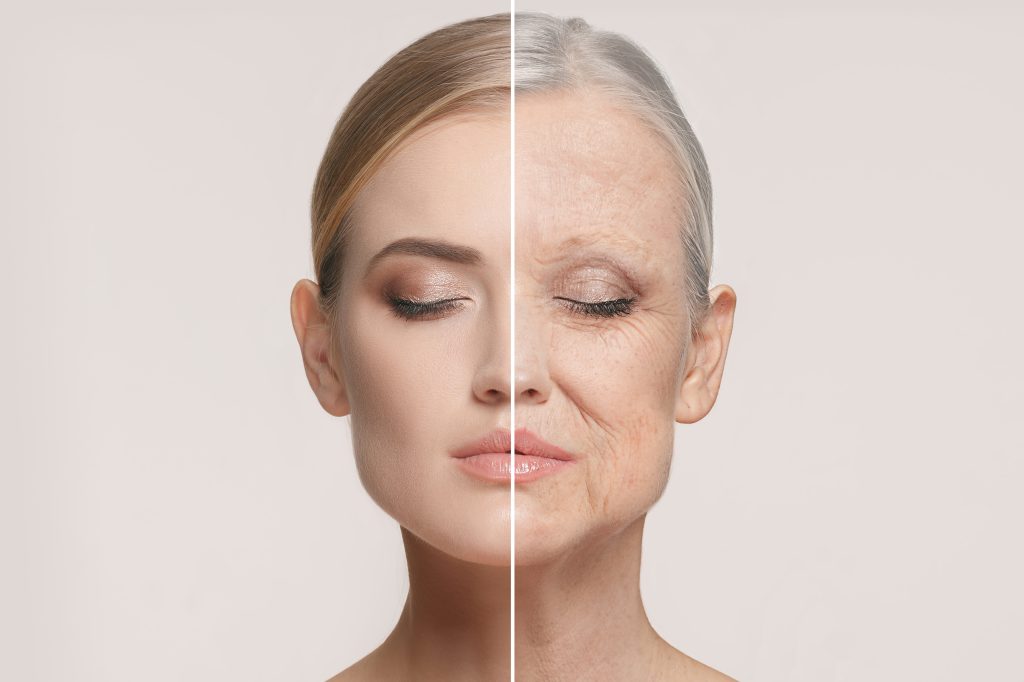
Facial Rejuvenation & Anti-Aging
Make Appointment
How We Work
This is dummy text This is dummy text This is dummy text This is dummy textThis is dummy text This is dummy text This is dummy text This is dummy textThis is dummy text This is dummy text This is dummy text This is dummy text
01
Make Appointment
This is dummy text This is dummy text This is dummy text This is dummy text
02
Get Consultation
This is dummy text This is dummy text This is dummy text This is dummy text
03
Chiropractic Therapy
This is dummy text This is dummy text This is dummy text This is dummy text
04
Enjoy Your Therapy
This is dummy text This is dummy text This is dummy text This is dummy text
